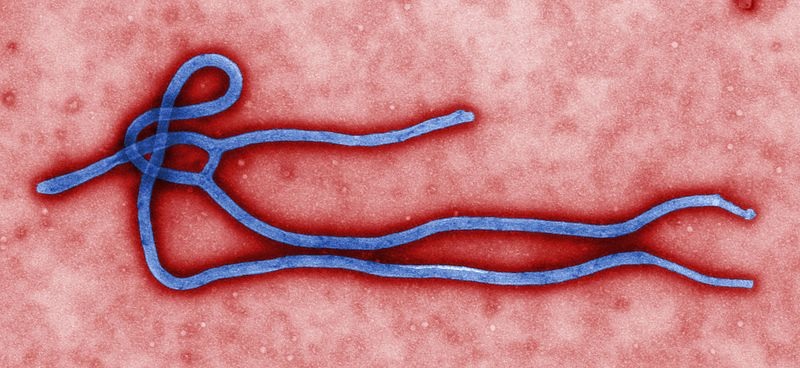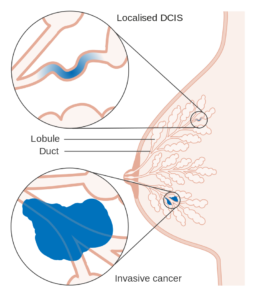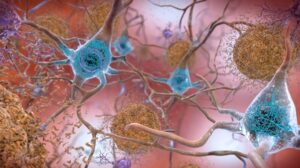Single-Dose Drug Shows Promise Against Ebola on Non-Human Primates and Ferrets

By Mousumi Biswas, Kolkata, January 19, 2019
The name Ebola virus shivers us today. The epidemic Ebola virus disease (EVD) in West Africa and Democratic Republic of Congo, tremored the whole world in fright. There is no approved medication yet. Although some vaccines are in clinical trial specific to different strains. However, The University of Texas Medical Branch has introduced a new drug MBP134 that demolishes all strains of Ebola viruses and also viruses under the same family Filoviridae in a single lower dose.
Ebola virus belongs to the family Filoviridae, under genus Ebolavirus, presently known to have five species namely Zaire, Bundibugyo, Sudan, Reston and Tai Forest.The virus was named after the river Ebola near Yambuku, Democratic Republic of Congo, a village where the infectious disease first broke out in 1976. A simultaneous outbreak was also observed in Nzara, South Sudan. The virus causes a severe fatal illness in human formerly known as Ebola haemorrhagic fever, and symptoms includes fever fatigue, muscle pain, headache, and sore throat followed by vomiting, diarrhoea, rash, impaired kidney and liver and in some cases internal and external bleeding. Ebola transmits via wild animals to human population. In 2013-2016 Ebola outbreaks in a vast region of Africa amongst which the deadliest species Zaire Ebolavirus affected mostly the regions of West Africa and the Democratic Republic of Congo. The other two strains Sudan Ebolavirus and Bundibugyo Ebolavirus affected Central parts of Africa.
The drug, MBP134 consists of two broadly neutralizing human monoclonal antibodies ADI-15878 and ADI-23774, functions through glycan engineering which was experimented on ferrets and non-human primates (NHPs) by successful administration of 25mg per kilograms injections. It is expected to be effective against all the known types of Ebola viruses and the strains that are probable to develop in future. For commercializing the medicine, Mapp Biopharmaceutical, Inc and Biomedical Advanced Research and Development Authority (BARDA) collaborated together. It is expected that the further development in the research will be able to provide more efficacy allowing lower doses of the medicine. This will reduce the stress of medical workers in the field of outbreaks, especially in poor infrastructural region.
Reference: https://www.cell.com/cell-host-microbe/fulltext/S1931-3128(18)30632-2
Image description and credit: Ebola virus virion. Created by GC microbiologist Cynthia Goldsmith, this colorized transmission electron micrograph (TEM) revealed some of the ultrastructural morphology displayed by an Ebola virus virion. It is credited to Public Health Image Library, #10816, public domain.









Thank you for this blog, for giving us those important informations
Thank you Nirvik for your feedback.